n8in8or
I never met a project I didn’t like
Thanks! I thought we had the same seats in our trucks.
Follow along with the video below to see how to install our site as a web app on your home screen.
Note: This feature may not be available in some browsers.
Thanks! I thought we had the same seats in our trucks.
Close.
The pattern and inside color is the same. Where yours have the dark gray mine are light.
I had thought of doing all the sound insulation as you did in the cab. I bought new carpet and it had a thick pad on the back of it. That may have helped quite a bit. All the noise in my truck comes from the front. I even added extra firewall layers to factory stuff. Its almost silent inside when I let off the skinny pedal. I think I need to back my timing off a little.
Yours should be like a library inside.
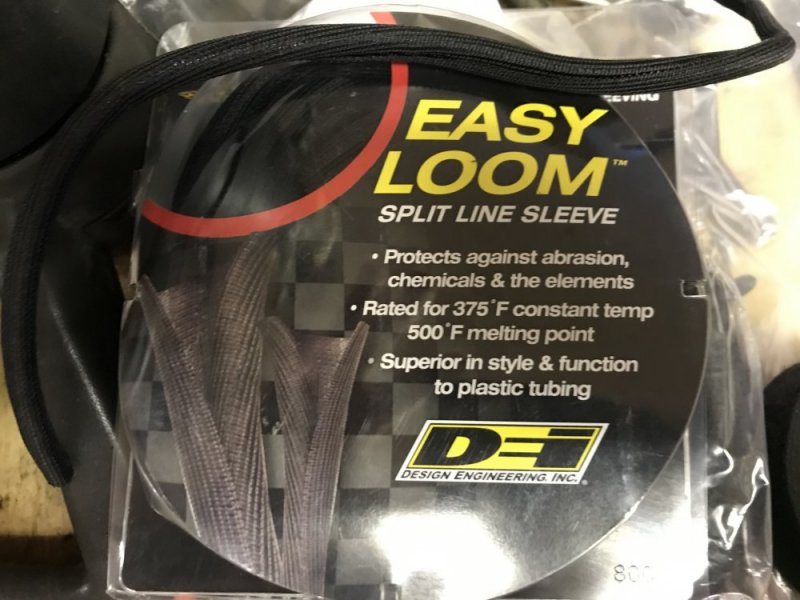
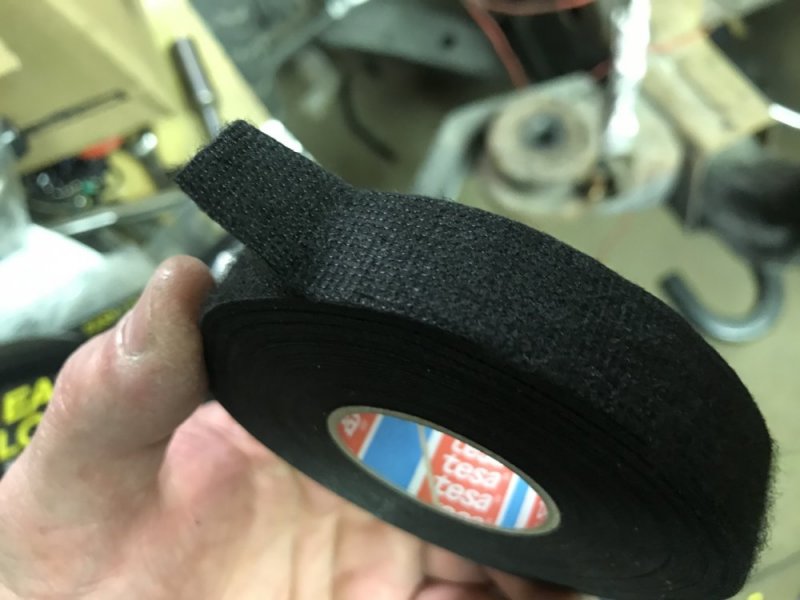
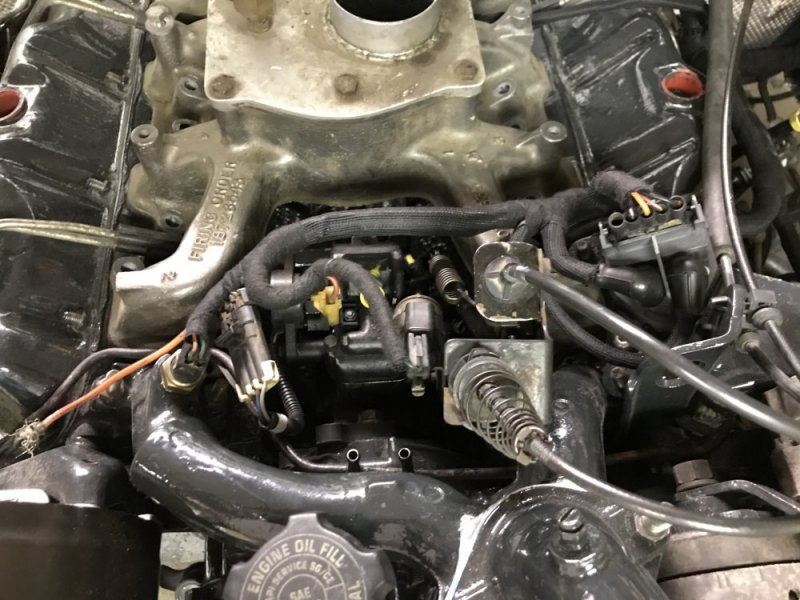
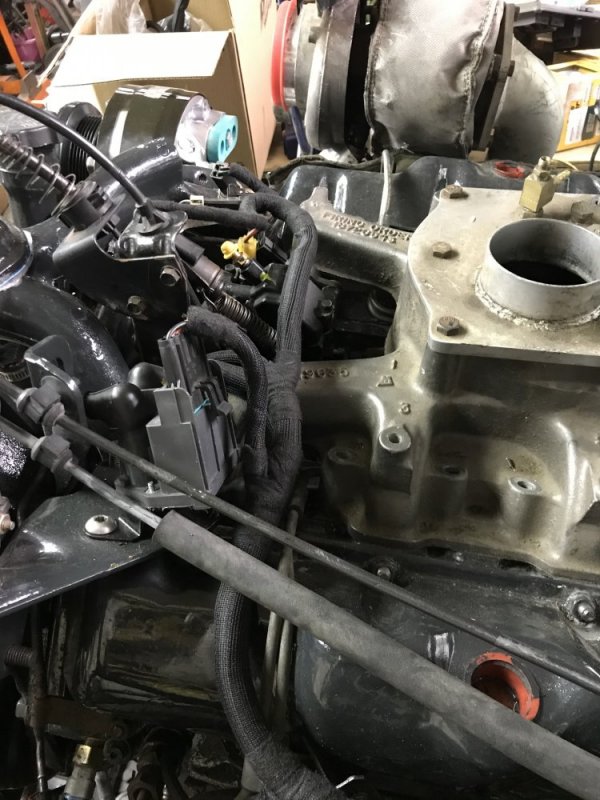
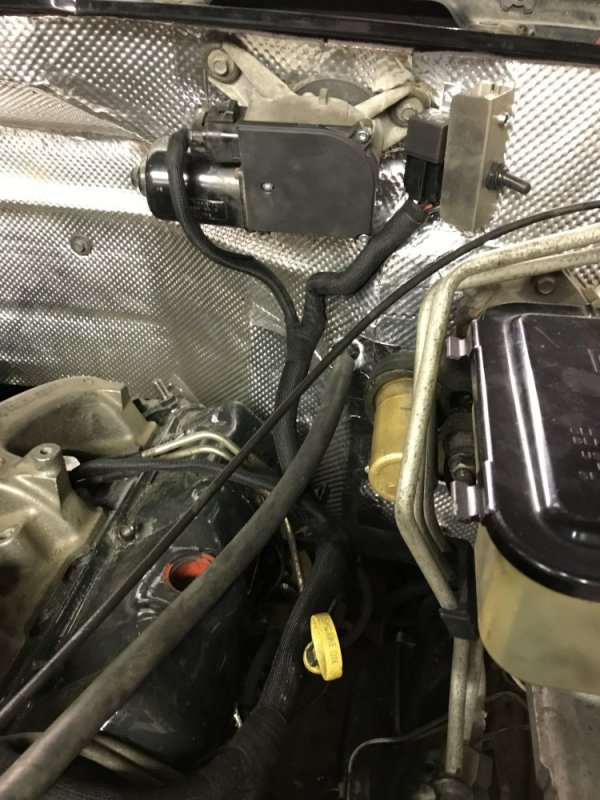
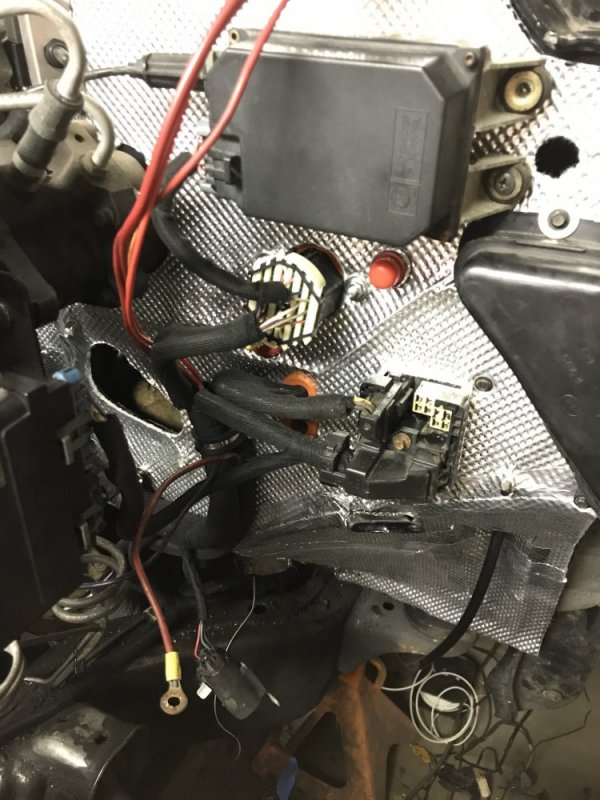
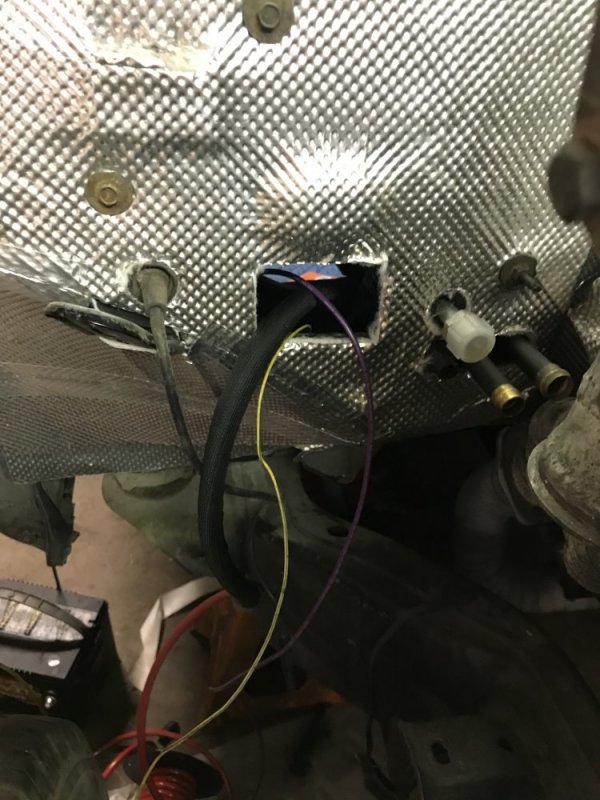
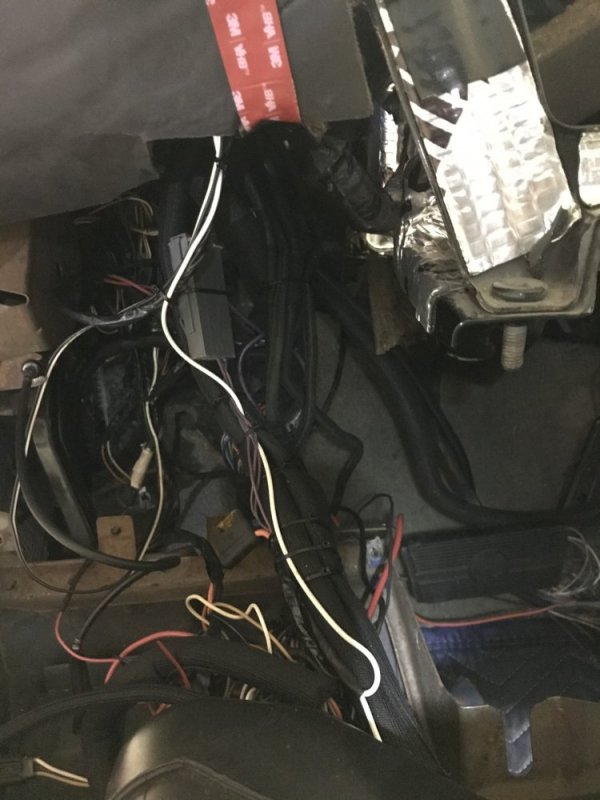
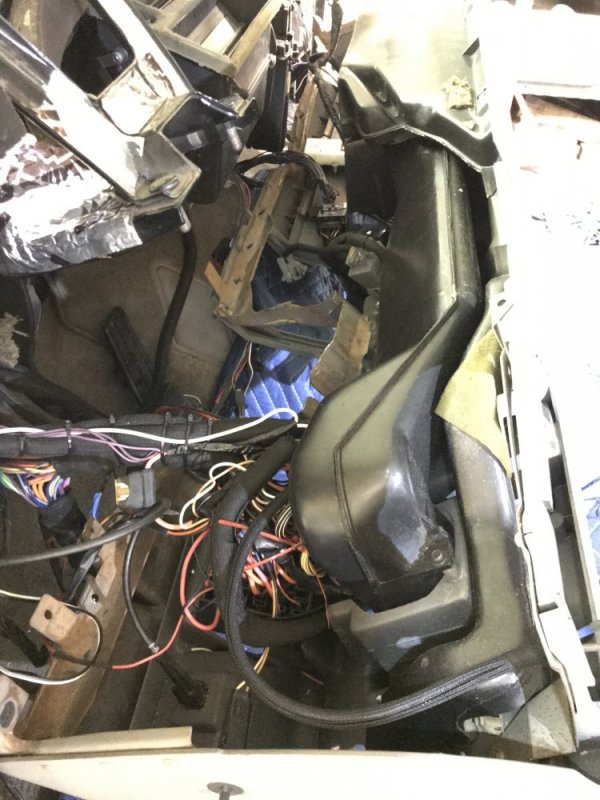
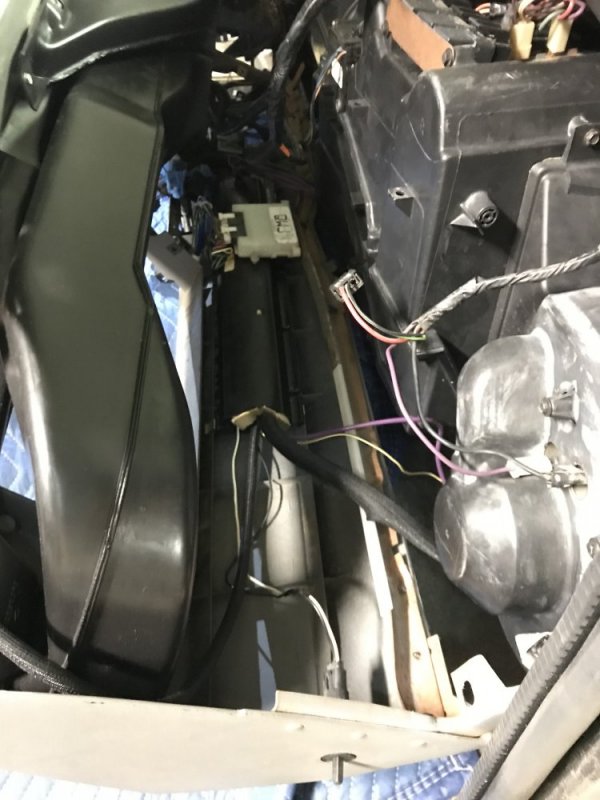
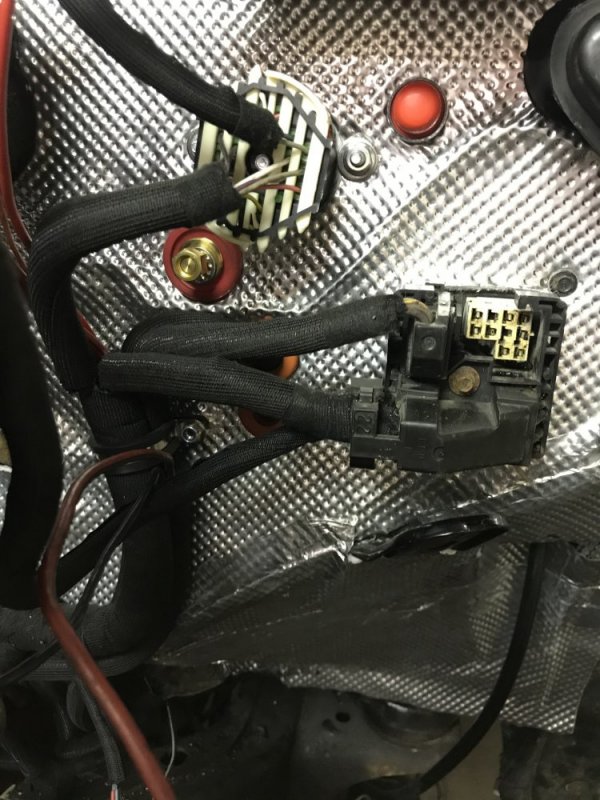
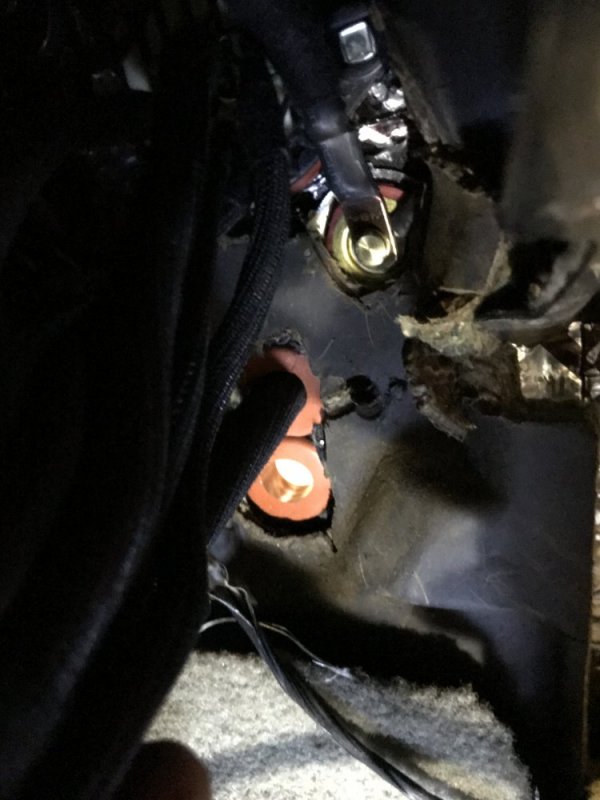
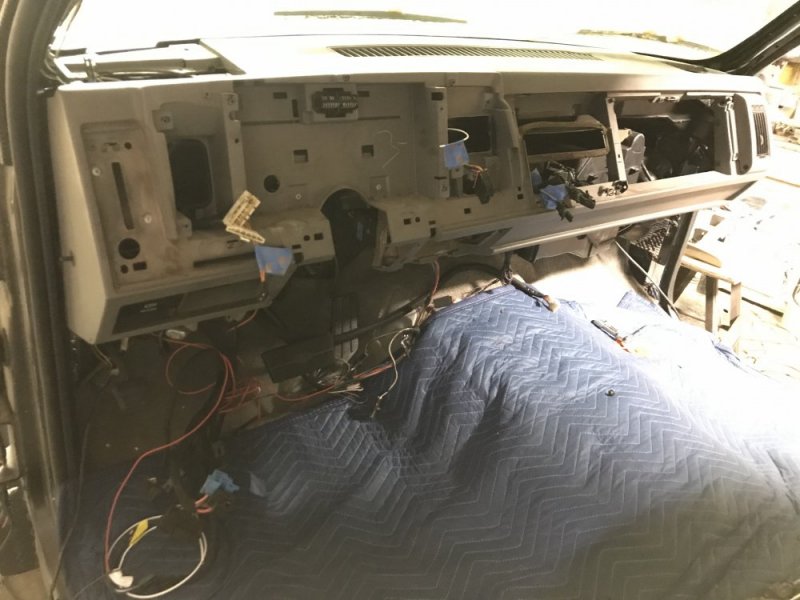
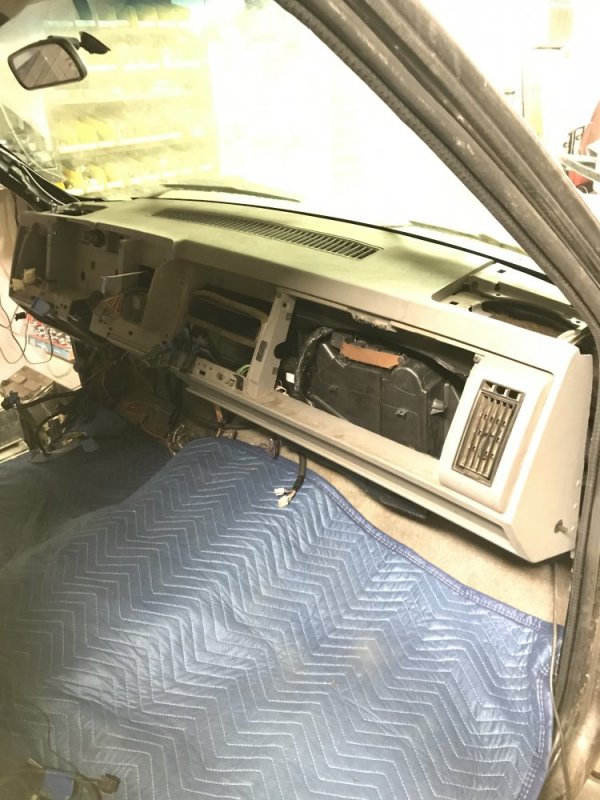
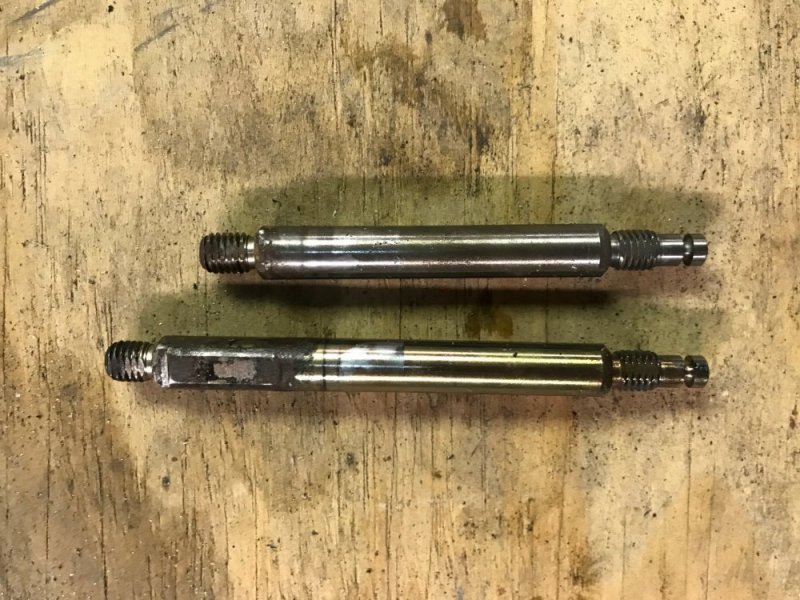
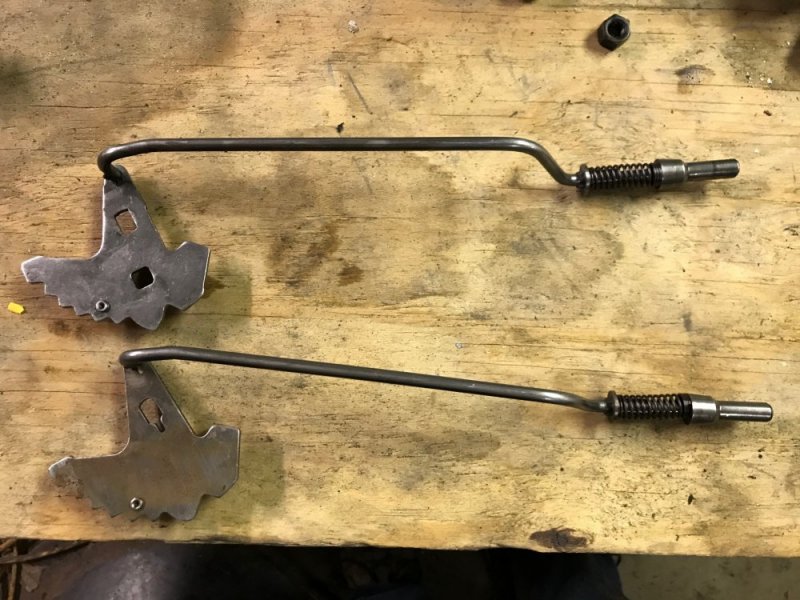
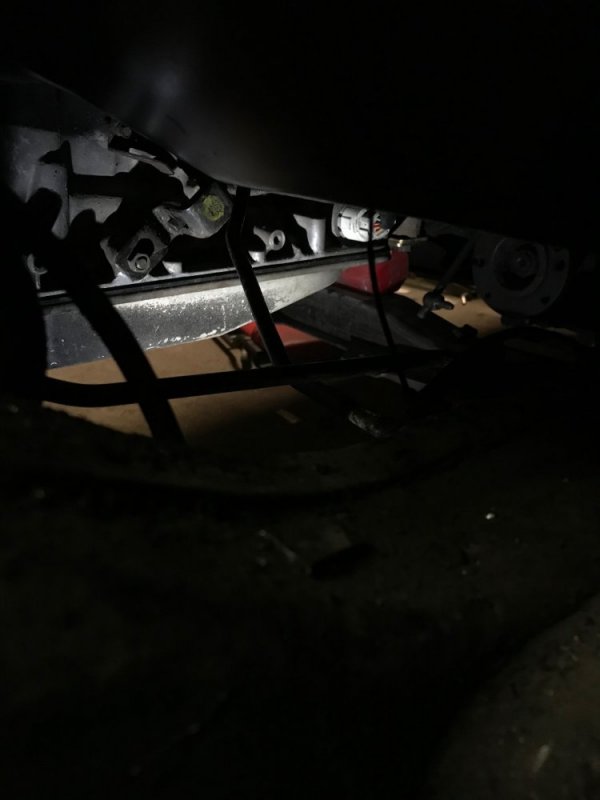
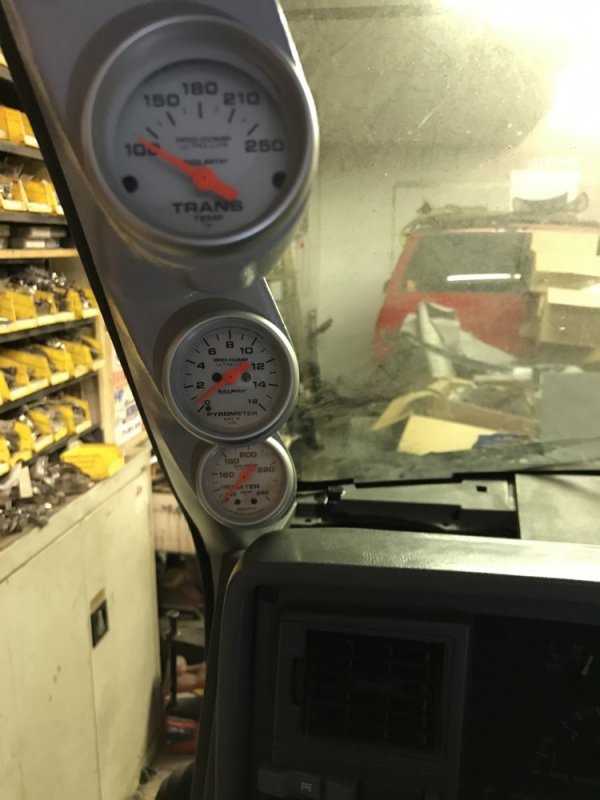
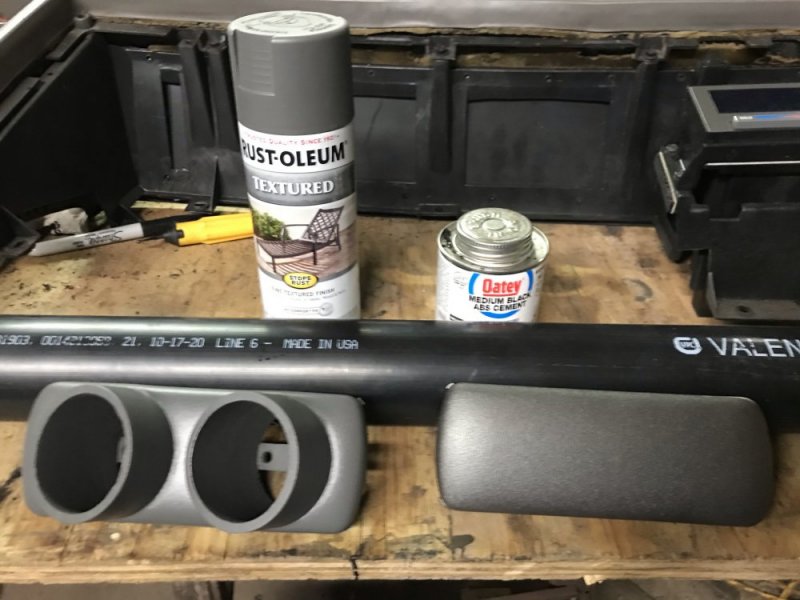
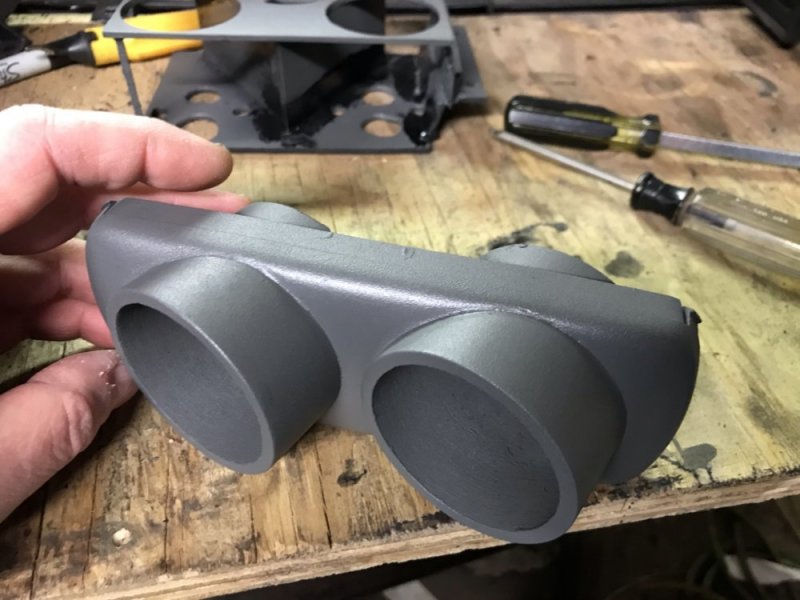
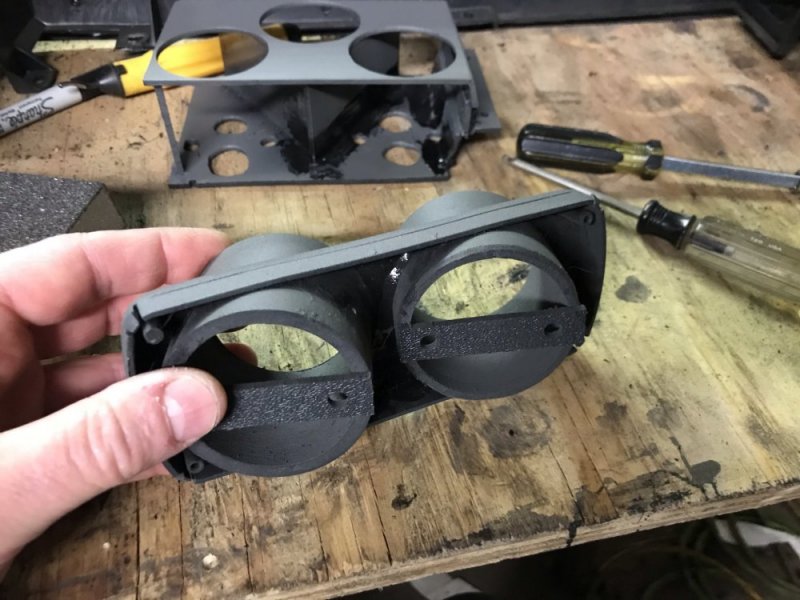
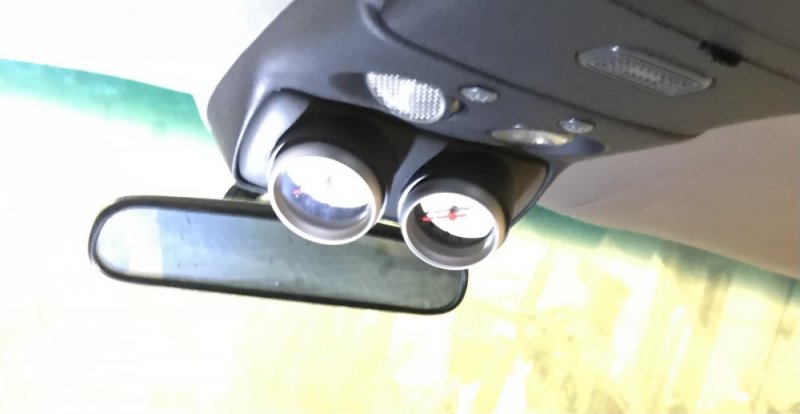
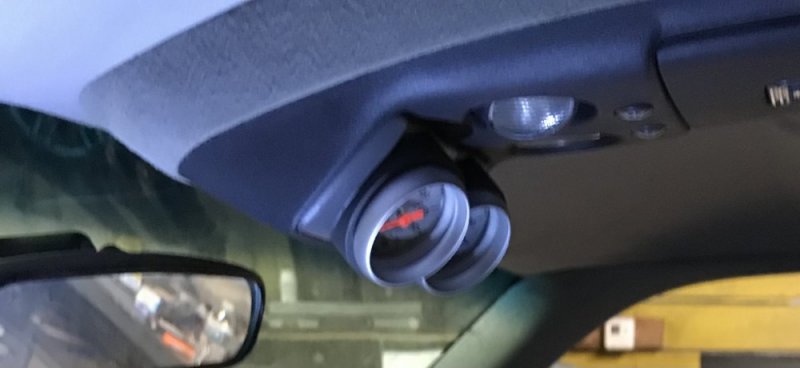
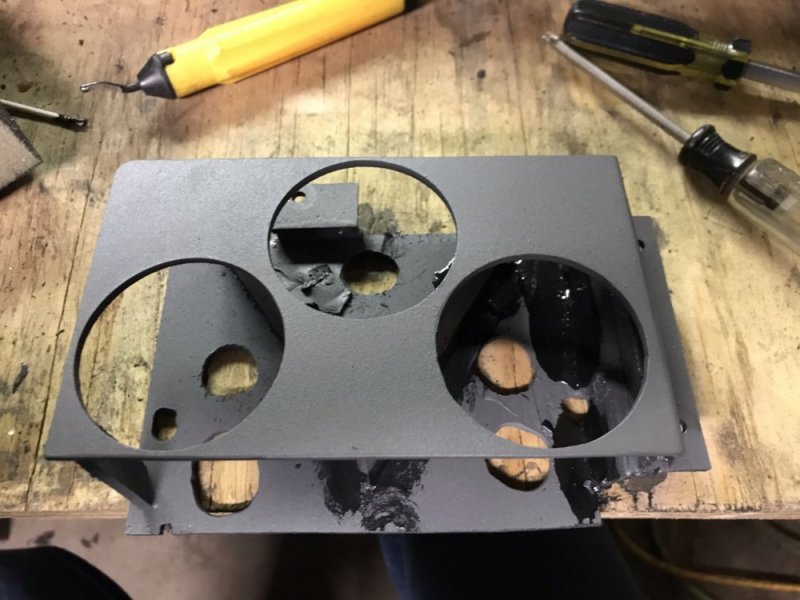
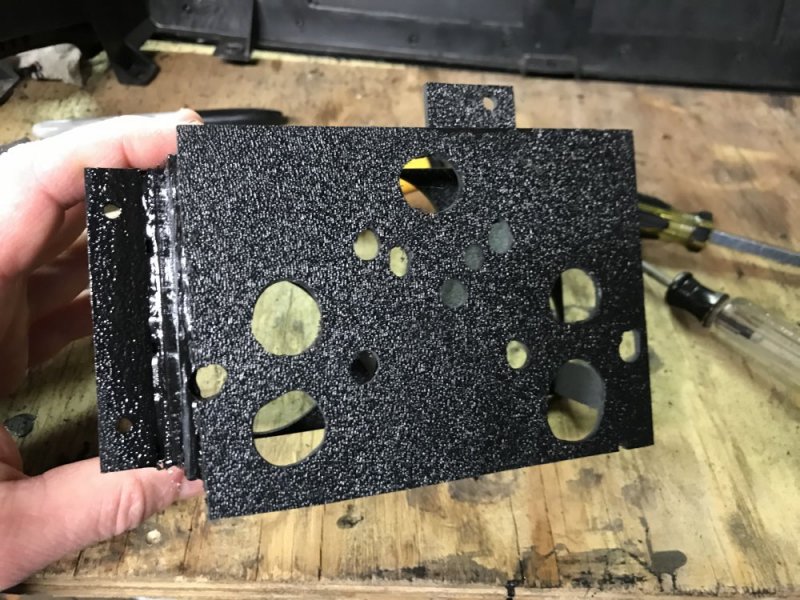
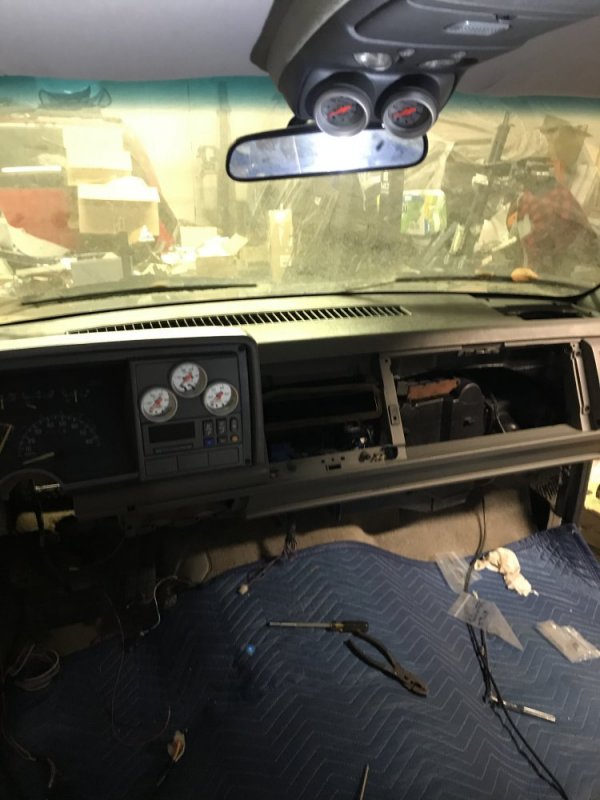
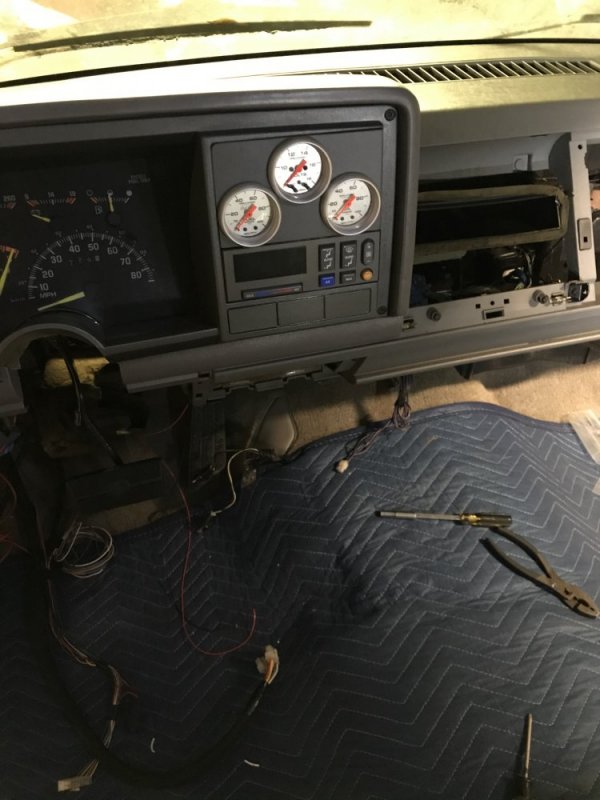
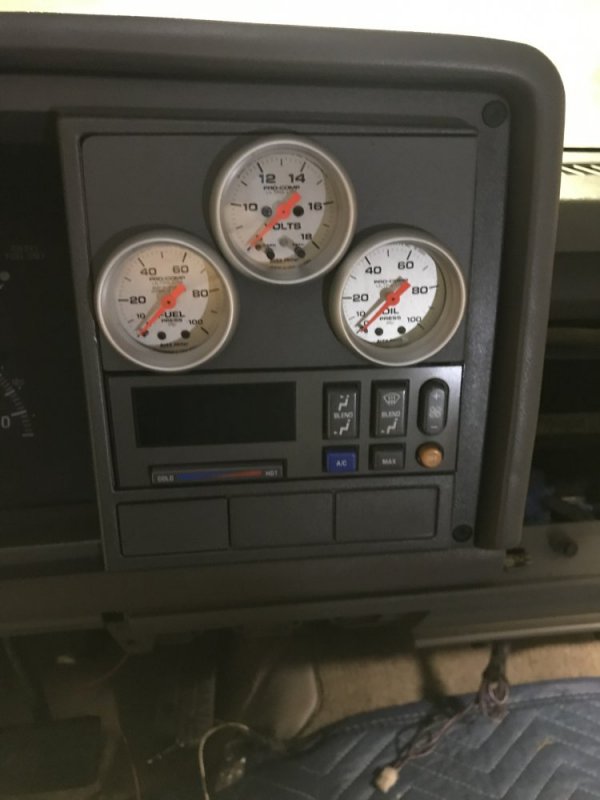
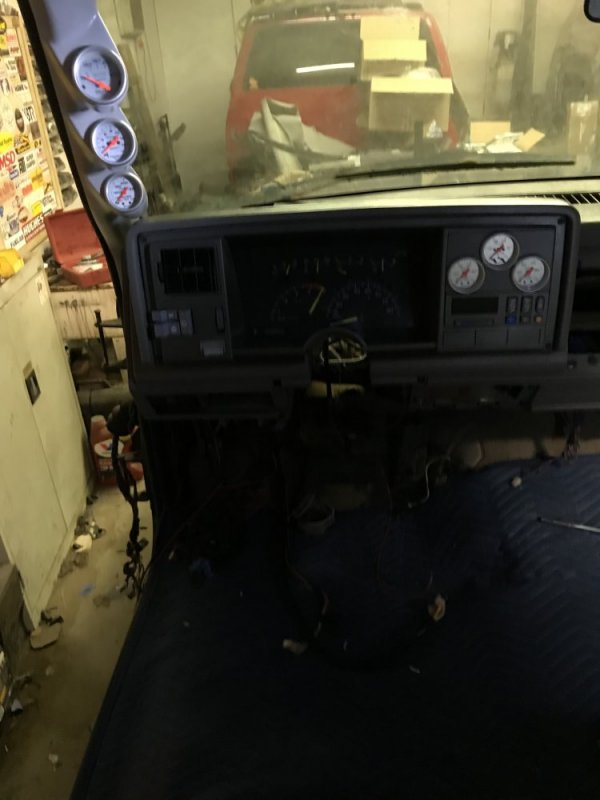
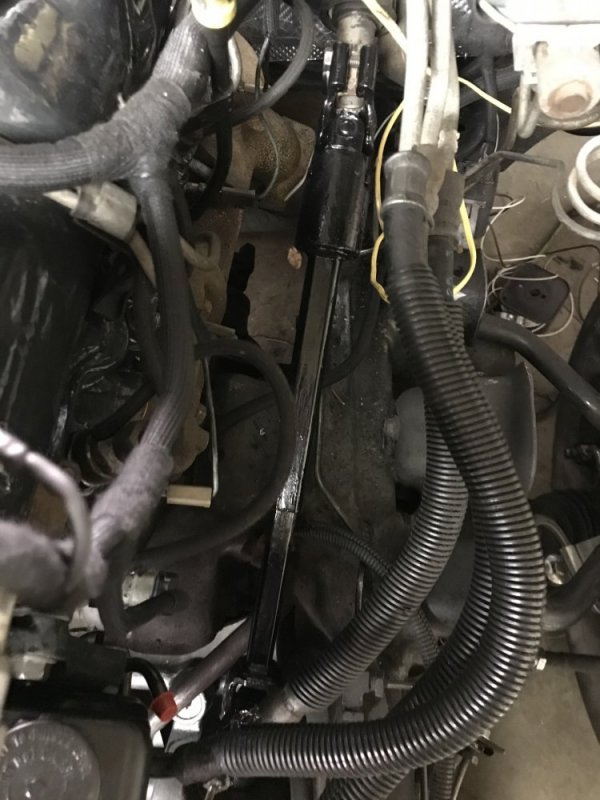
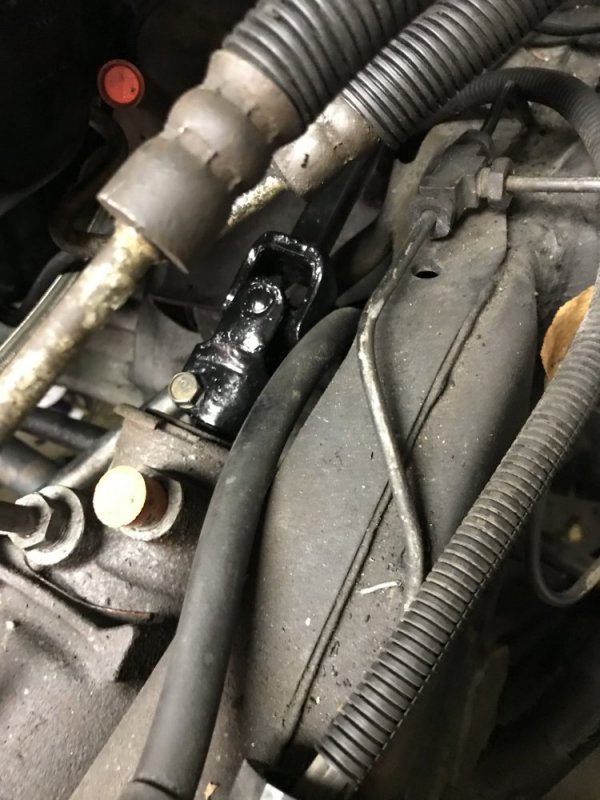
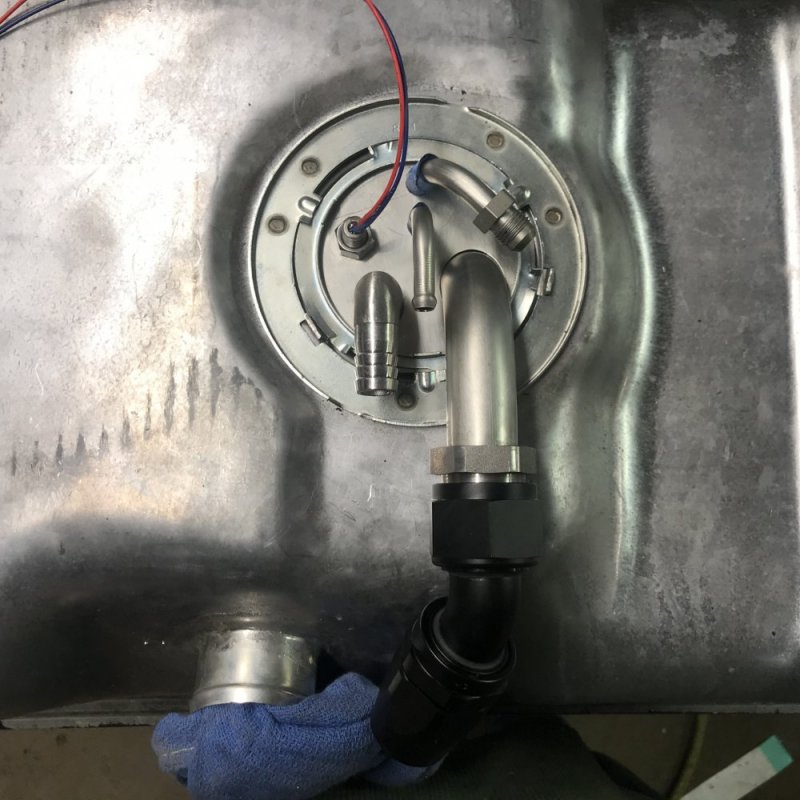
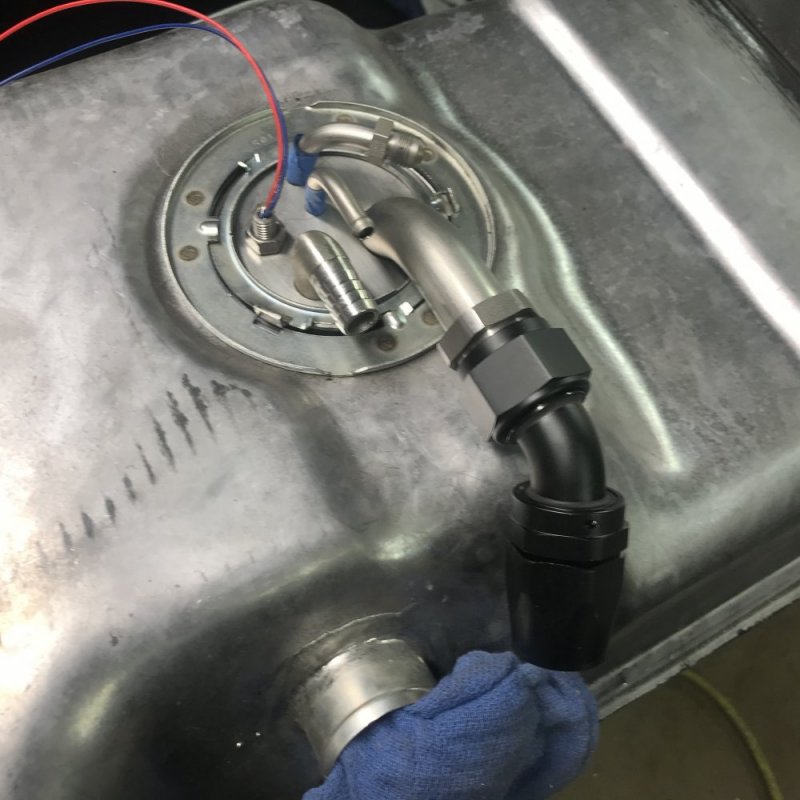
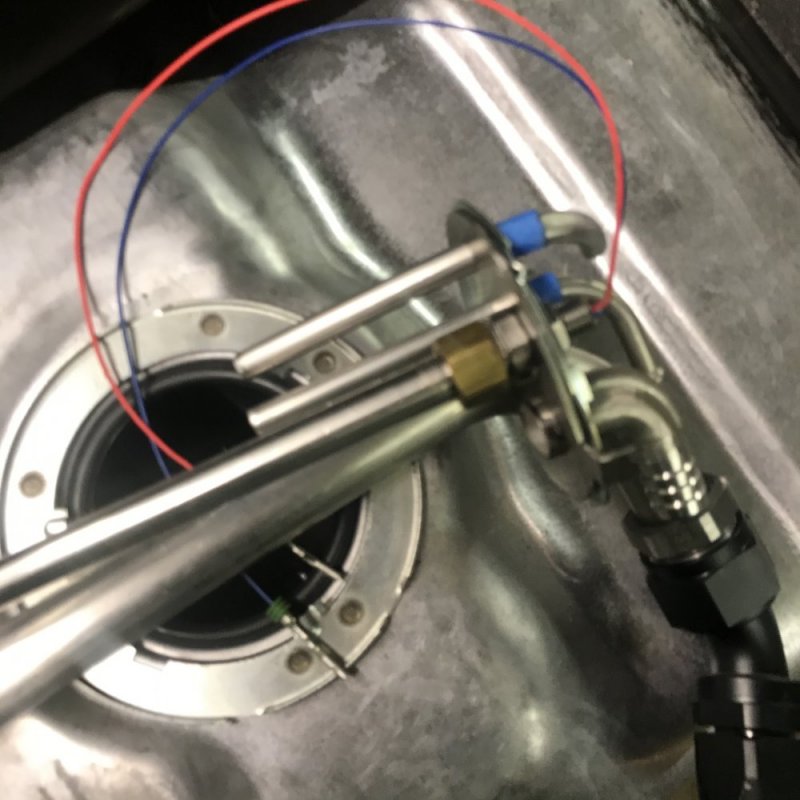
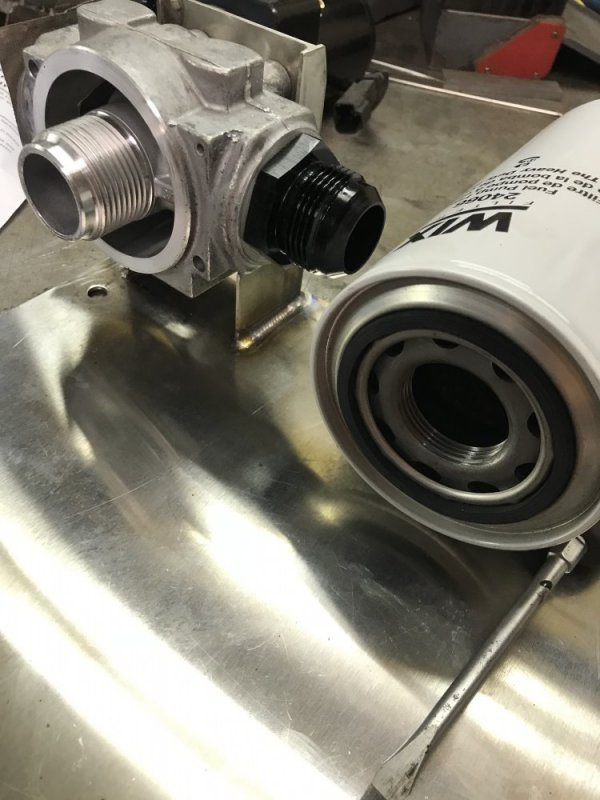
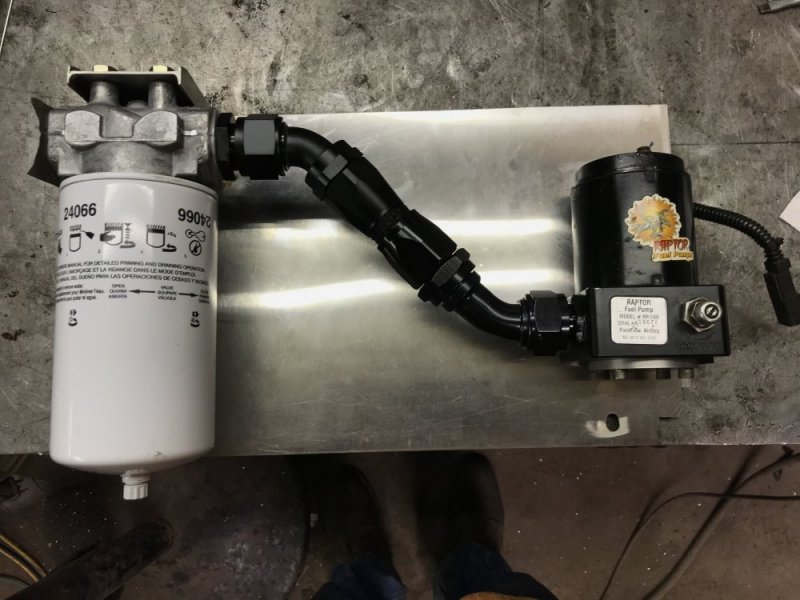
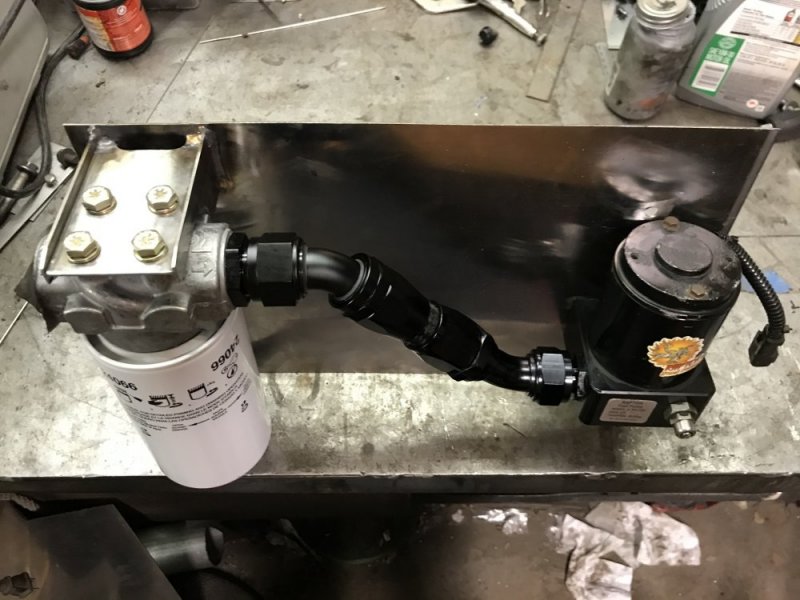
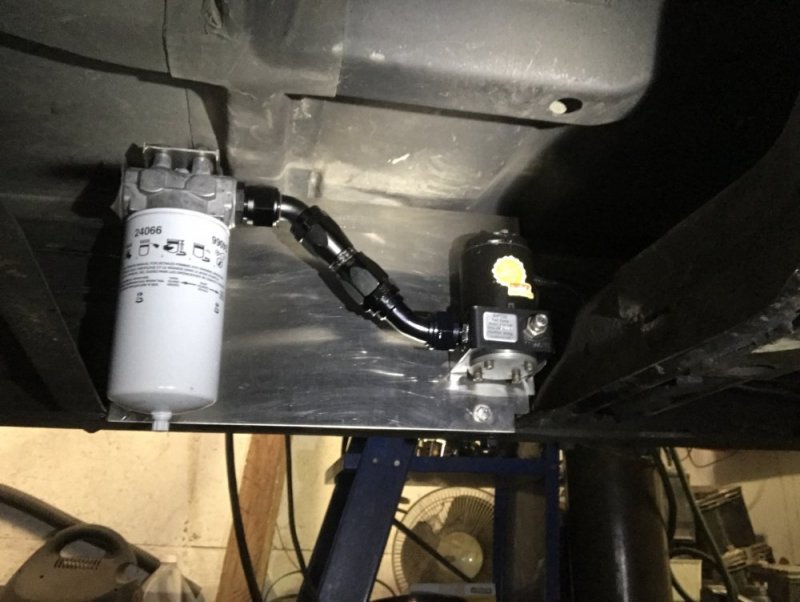
Good eye, Duvall. Those return lines that are shown are just the beginning. Those stubs are there to attach a short piece of 30r10 submergible rubber hose and then there will be a long straight section of tubing attached to that. The goal is to have the return dump closer to the rear of the tank, away from the pickup tube - my thought there is that the pickup wouldn’t pick up any air that may have been returned, there would be less turbulence around the pickup and also the fuel that had been heated from pumping and running through the IP and injectors would be further from the pickup so I’d be sending the coolest fuel in the tank to the IP.Looks real nice!
I like the large suction tube approach. That is something I was told by a engine tuner a while back in reference to superchargers. They have no issues pushing through a distance of tube, but they don't like to suck through a small, long tube.
You may want to consider running your regulator return line to the bottom of the tank, or close to it. Fuel dropping in will create air in the fuel. Your large suction tube will pick up all the air bubbles.
You may have already thought of all this since you are showing us a mock up.
Good eye, Duvall. Those return lines that are shown are just the beginning. Those stubs are there to attach a short piece of 30r10 submergible rubber hose and then there will be a long straight section of tubing attached to that. The goal is to have the return dump closer to the rear of the tank, away from the pickup tube - my thought there is that the pickup wouldn’t pick up any air that may have been returned, there would be less turbulence around the pickup and also the fuel that had been heated from pumping and running through the IP and injectors would be further from the pickup so I’d be sending the coolest fuel in the tank to the IP.
You have motivated me to get moving on my fuel system as well.
So another thing to consider is to move your lift pump as close to the tank as you can. This will limit the amount of 1" pipe or hose you need to run and help reduce the suction for the pump. You probably already thought of this as well.
It’s called a pump because it pumps, it is not called a suck.